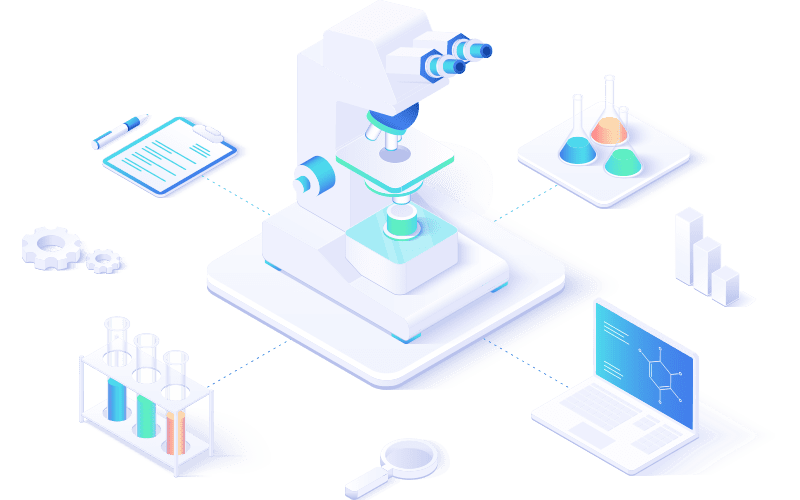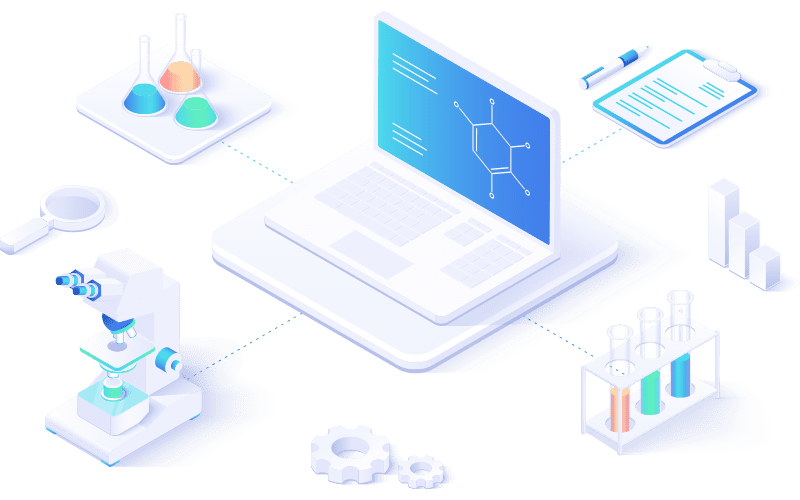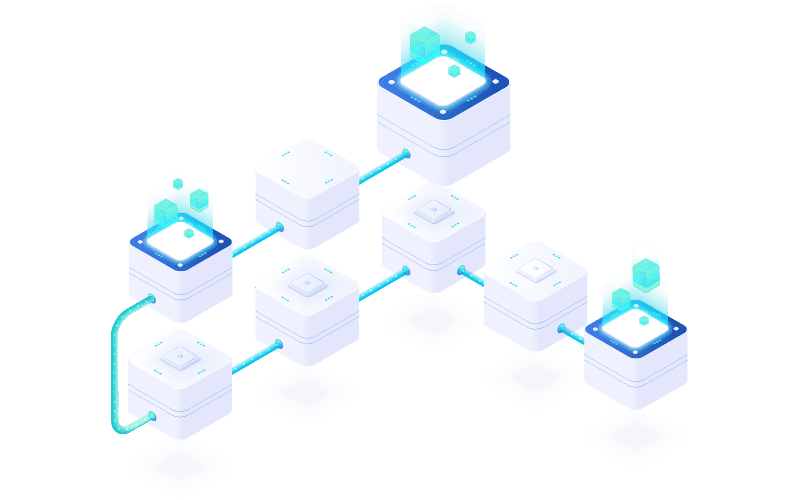
Clinical and medical laboratories are the unsung heroes behind every diagnosis, treatment plan, and life-saving intervention. Yet, when disasters strike—whether it’s a natural calamity, power outage, or unexpected equipment failure—these labs face immense pressure to stay operational. Downtime isn’t just an inconvenience; it can jeopardize patient outcomes and disrupt critical healthcare processes. The key to safeguarding these essential services? A well-structured contingency plan, powered by a robust Laboratory Information Management System (LIMS), that ensures labs can weather any storm while maintaining accuracy, efficiency, and compliance.
In this article, we’ll explore the essential elements of contingency plans for clinical and medical labs and how LIMS plays a key role in ensuring operational continuity, data security, and regulatory compliance during unexpected disruptions.
The Importance of Contingency Planning for Clinical and Medical Labs
The stakes are high in clinical and medical labs. When operations are interrupted, patients may experience delays in receiving critical diagnoses and treatments. In addition to potential risks to patient health, disruptions can also lead to regulatory non-compliance, reputational damage, and financial losses.
Contingency planning involves anticipating potential risks and disruptions—such as natural disasters, power outages, pandemics, or equipment malfunctions—and developing strategies to mitigate these risks. A well-designed contingency plan ensures that labs can maintain critical operations and continue to provide essential services, even in the face of adversity.
Key Elements of a Contingency Plan for Clinical and Medical Labs
Risk Assessment and Identification
The first step in creating a robust contingency plan is conducting a thorough risk assessment. Labs should identify the potential threats to their operations, whether they are environmental (hurricanes, floods, earthquakes), technological (system failures, cyberattacks), or biological (disease outbreaks). Each type of risk should be analyzed for its potential impact on lab operations, patient care, and data integrity.

Disaster Recovery Protocols
One of the most critical components of a contingency plan is disaster recovery. This includes having procedures in place to restore lab systems and resume operations as quickly as possible after a disruption. LIMS plays an essential role in disaster recovery by:
- Cloud-Based Data Backup: LIMS allows labs to securely store all data in the cloud, protecting it from local disruptions such as fires, floods, or hardware failures. With cloud-based backups, labs can quickly restore data and resume operations from any location.
- Automated Backup Systems: Automated backup systems ensure that lab data is regularly saved, reducing the risk of data loss during unexpected events. This also allows labs to recover the most recent data in case of system failures.
Business Continuity Planning
A business continuity plan (BCP) is essential for ensuring that critical lab functions continue, even when the lab facility itself is compromised. Key elements include:
- Remote Access: In situations where lab staff cannot physically access the lab due to natural disasters or pandemics, a cloud-based LIMS allows authorized personnel to access essential systems remotely. This ensures that data management, test results, and patient information remain available from any location.
- Alternative Testing Sites: Clinical and medical labs should establish relationships with other laboratories to serve as alternative testing sites during an emergency. A LIMS system enables seamless collaboration between labs by providing access to shared data and workflows, ensuring that patient samples can be processed without delays.
Regulatory Compliance and Reporting
Regulatory compliance is a top priority for clinical and medical labs, especially during emergencies. Labs must adhere to strict guidelines from regulatory bodies such as HIPAA, CAP, CLIA, and GDPR. A comprehensive LIMS platform supports compliance efforts by:
- Ensuring Data Integrity: LIMS systems offer built-in features that ensure data integrity, including timestamped audit trails, role-based access control, and secure data encryption. These features are critical for maintaining compliance, even during emergencies.
- Automated Reporting: In times of crisis, labs may need to provide reports to regulatory agencies on how they managed patient data, test results, and other critical information. LIMS systems can automate this reporting process, ensuring that all required data is accurately captured and easily retrievable.
Communication and Coordination Protocols
Effective communication is vital during a crisis. Labs need to coordinate with various stakeholders, including healthcare providers, patients, regulatory bodies, and emergency responders. A LIMS system can facilitate this by:
- Automated Alerts and Notifications: LIMS platforms can be configured to send automated alerts to staff, healthcare providers, and patients in case of delays or disruptions. This ensures that all stakeholders are informed and can take appropriate actions.
- Centralized Communication Hub: LIMS systems often include a centralized communication platform, enabling lab staff to coordinate efforts and share updates in real time. This is particularly useful when managing emergency response efforts across multiple locations.

Staff Training and Preparedness
Having a contingency plan is only effective if lab staff are properly trained to implement it. Clinical and medical labs should conduct regular drills and training sessions to ensure that all employees are familiar with the lab’s contingency plan and can execute it effectively. LIMS can assist in this area by:
- Providing Access to Training Resources: LIMS platforms can store and manage training materials, making them easily accessible to staff members. This ensures that everyone in the lab is aware of the procedures they need to follow during an emergency.
- Simulating Disruptions: Some LIMS platforms allow labs to simulate various disruptions, giving staff the opportunity to practice responding to different scenarios. These simulations can help labs identify potential gaps in their contingency plan and make necessary adjustments.
Data Security and Cybersecurity Measures
In today’s digital world, cyberattacks are a growing threat to clinical and medical labs. As part of a comprehensive contingency plan, labs must implement cybersecurity measures to protect patient data and sensitive lab information. LIMS plays a crucial role in this area by:
- Data Encryption: LIMS systems use advanced encryption protocols to protect data, ensuring that sensitive information is not compromised during a cyberattack.
- Role-Based Access Control: LIMS platforms allow labs to control who has access to specific data and systems, minimizing the risk of unauthorized access.
- Monitoring for Suspicious Activity: LIMS platforms often include built-in monitoring tools that alert lab administrators to any suspicious activity or potential security breaches. This enables labs to respond quickly and mitigate the impact of cyberattacks.
How LIMS Strengthens Contingency Plans for Clinical and Medical Labs
A LIMS platform is not just a tool for managing day-to-day lab operations—it is also a critical component of any lab’s contingency plan. By integrating LIMS into their disaster recovery and business continuity efforts, clinical and medical labs can ensure that they are well-prepared to face any disruption. The key benefits of using LIMS in contingency planning include:
- Operational Continuity: LIMS ensures that labs can continue operating, even when physical access to the lab is restricted or systems are compromised.
- Data Integrity and Security: LIMS platforms protect sensitive patient data through encryption, backups, and role-based access control, ensuring compliance with regulatory requirements during crises.
- Efficiency in Crisis Response: With automated workflows, remote access capabilities, and centralized communication tools, LIMS helps labs respond efficiently to emergencies and maintain high levels of service.
Conclusion
Contingency planning is essential for clinical and medical labs to ensure they can continue providing critical services, regardless of the challenges they face. Whether it’s a natural disaster, a cyberattack, or a pandemic, labs must be prepared for any disruption. A Laboratory Information Management System (LIMS) serves as the backbone of these contingency plans, offering the tools labs need to protect data, maintain operations, and comply with regulatory standards.
Investing in a LIMS solution, like the one offered by LabLynx, can help your lab build resilience and be prepared for whatever challenges come your way. With the right systems in place, your lab can weather any storm and continue delivering vital services when they’re needed the most.
Accelerate Your Lab's Success & Experience LabLynx
"*" indicates required fields
Explore the LabLynx Suites

LIMS Suite
Seamless Sample and Workflow Management
The LabLynx LIMS Suite empowers laboratories with the tools needed to manage samples, workflows, compliance, and more in one centralized system. It’s the backbone for labs seeking efficient, reliable, and scalable management solutions.

ELN Suite
The LabLynx ELN Suite offers a modern approach to managing lab data and experiments. With its secure, intuitive platform, your team can record, store, and collaborate effortlessly, supporting innovation every step of the way.

Lab Automation
Automate for Efficiency and Growth
Streamline operations and boost productivity with the LabLynx Lab Automation Suite. Designed for labs ready to embrace advanced automation, this suite integrates systems, instruments, and workflows to deliver efficiency at scale.
